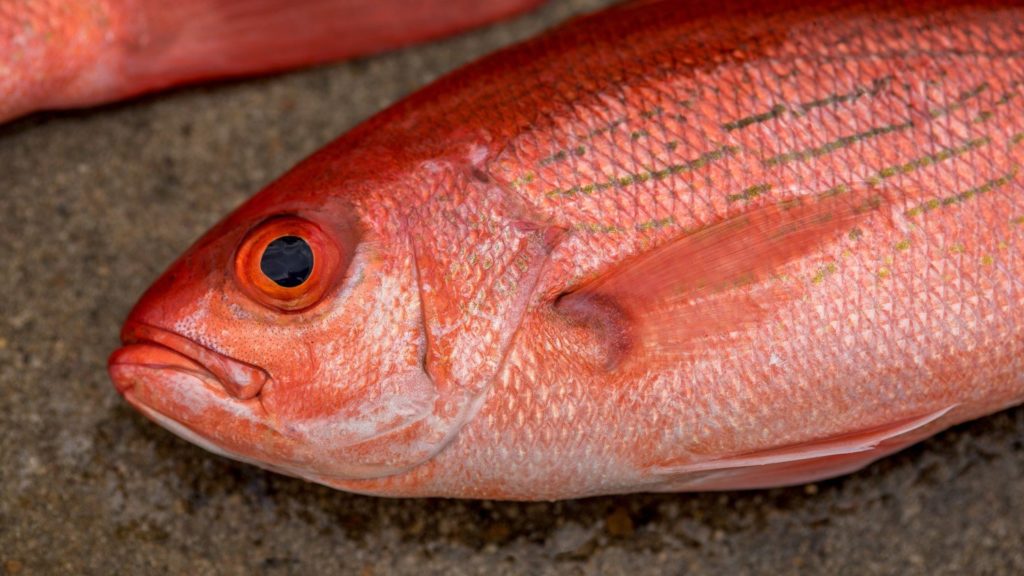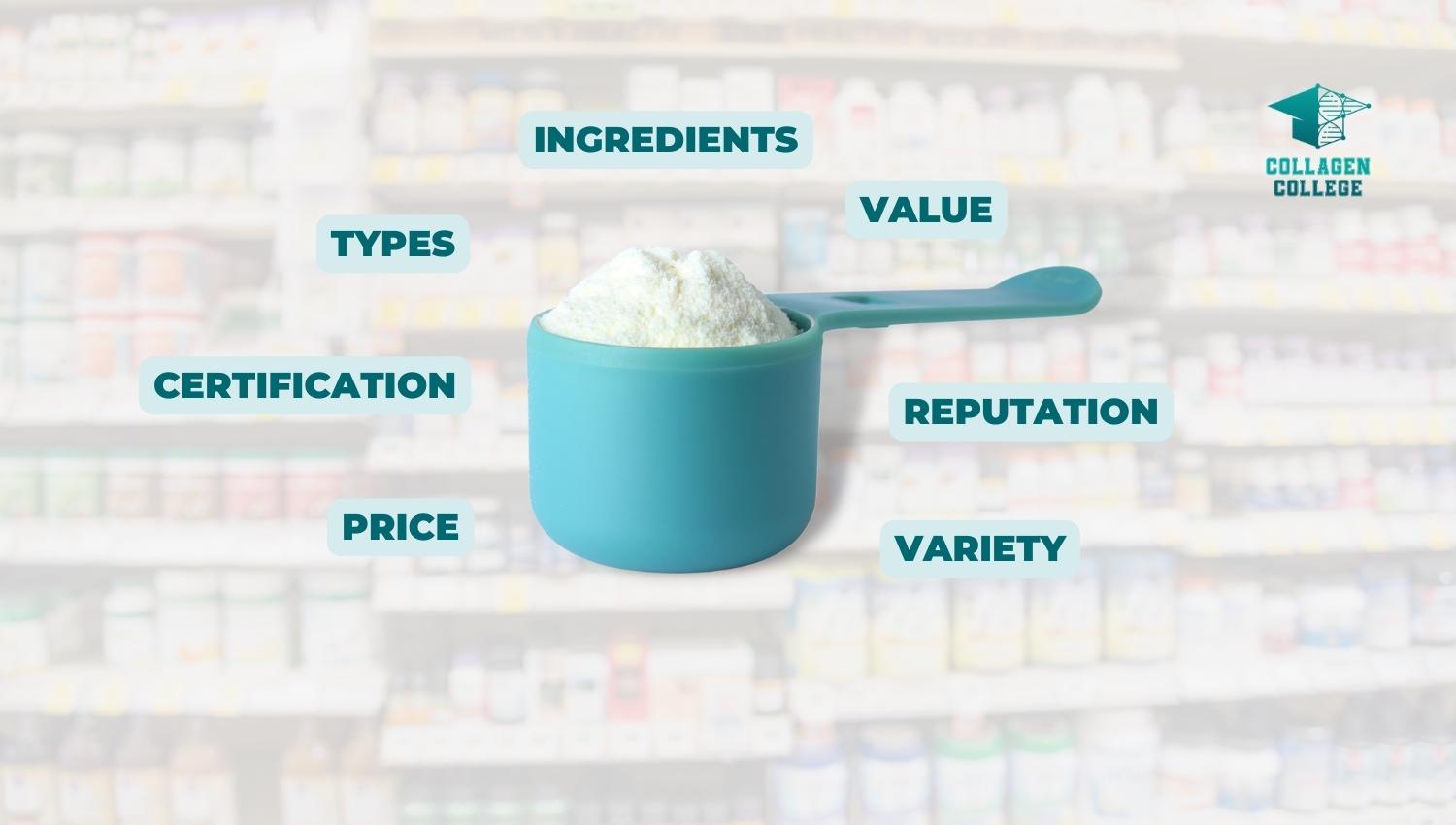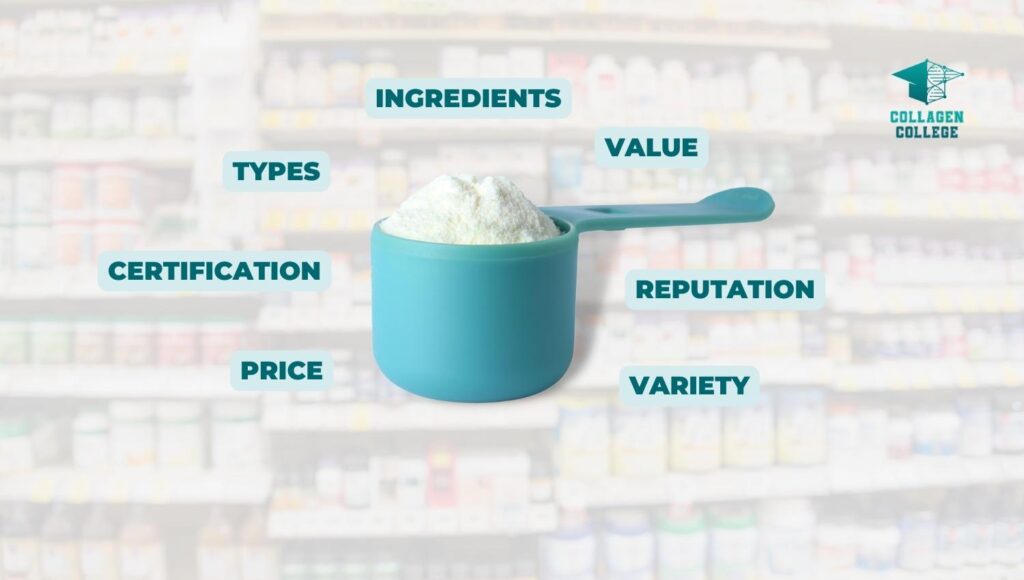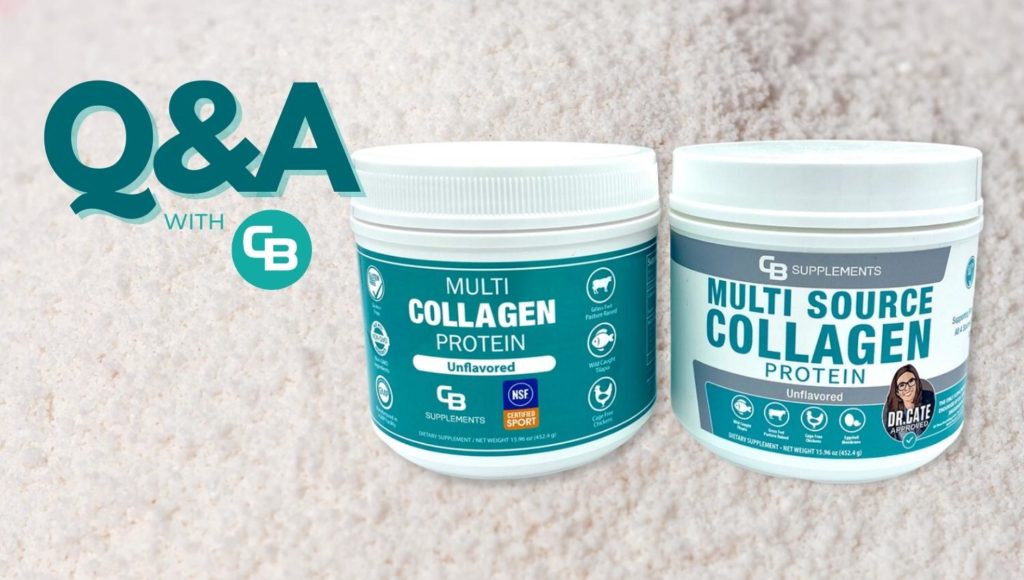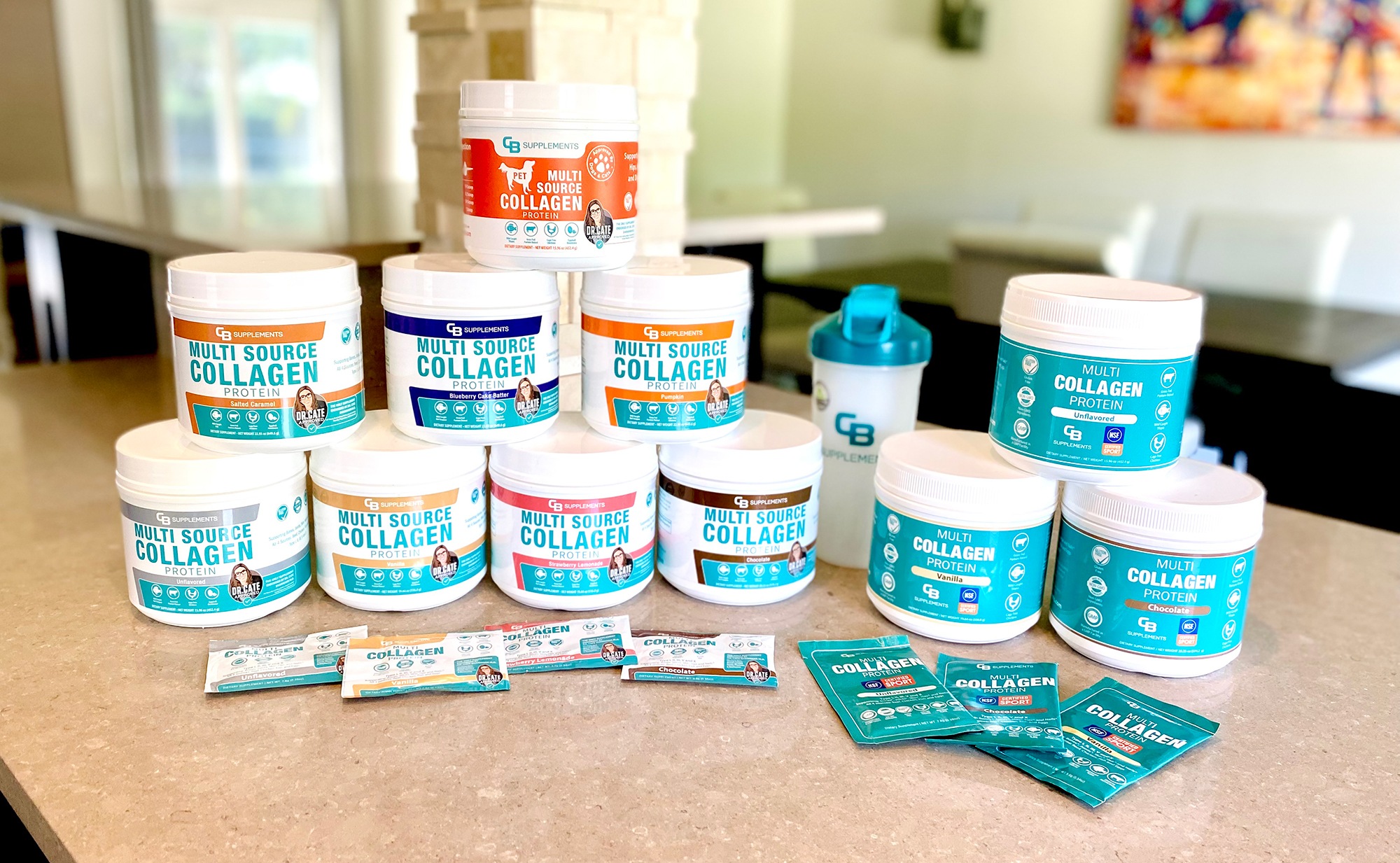Question
Is the use of snapper fish really safe in your pet collagen? There are 1-2 types of snapper that are poisonous. How can you be 100% sure that the snapper being used doesn’t contain any poisonous variety that may have accidentally got into the mix? Is your snapper safe for canine consumption? John
Being a multi collagen protein supplement company means we source our ingredients from multiple animal sources: cows, chickens, and fish.
Of those sources, fish seems to draw the most attention with questions and concerns. John’s question about our pet collagen powder is no exception.
The challenges of using Fish in a multi collagen
Using fish as an ingredient to a collagen supplement (especially an unflavored multi collagen protein powder) is no easy challenge. It’s a difficult ingredient to perfect — both in taste and smell. I don’t know about you, but I’m not a big fan of fishy-smelling coffee & collagen. Gross.
With that said, we’ve found success in sourcing our wild-caught fish from both:
- Tilapia
- Red Snapper
(Note: we’ll be addressing why we use both in a future Q&A)
To answer John’s question here, let’s focus on Red Snapper; a species of snapper native to the western Atlantic Ocean, the Caribbean Sea, and the Gulf of Mexico, where it inhabits environments associated with reefs (via Wikipedia).
The Basics: Is Fish Safe for Dogs?
Let’s start with the basics.
Is fish, in general, good and safe for dogs?
Per AKC.org (and hundreds of other sources), yes.
Dogs can eat fish, and fish can be a part of a healthy diet for your dog, provided it is fully cooked without any additional oils and seasonings, does not contain any bones, and is not a species prone to high levels of mercury such as tuna.
Walk into a pet store and you’ll see fish in nearly every type of food and treats. This is a foregone conclusion. Fish is safe for dogs.
Are there poisonous Red Snapper fish?
Let’s touch on John’s point:
There are 1-2 types of snapper that are poisonous.John
John is indirectly correct here. The focus, however, should be Ciguatera, a type of food poisoning.
The ciguatera toxin may be found in large reef fish, most commonly barracuda, grouper, red snapper, eel, amberjack, sea bass, and Spanish mackerel.MedicineNet
Ciguatera toxin is harmless to fish but poisonous to humans and our mammalian pets, including dogs. The toxin is odorless and tasteless, and it is heat-resistant, so cooking does not destroy the toxin.
Can the Ciguatera toxin make its way into our Pet Collagen?
Collagen comes from fish skin and bones. When we manufacture our dog collagen, we extract that wonderful collagen from just the skin and bones of red snapper fish.
And here’s the fantastic news (and the direct answer to John’s question):
The ciguatera toxin builds up mostly in the organs of the fish and it is not found in fish skin or bones — which is where our collagen comes from. Dr. Cate, M.D.
Furthermore, the ciguatera toxin concentrates in the fish’s liver, intestines, heads, and roe.
The Bottom Line about using Red Snapper in our Pet Collagen
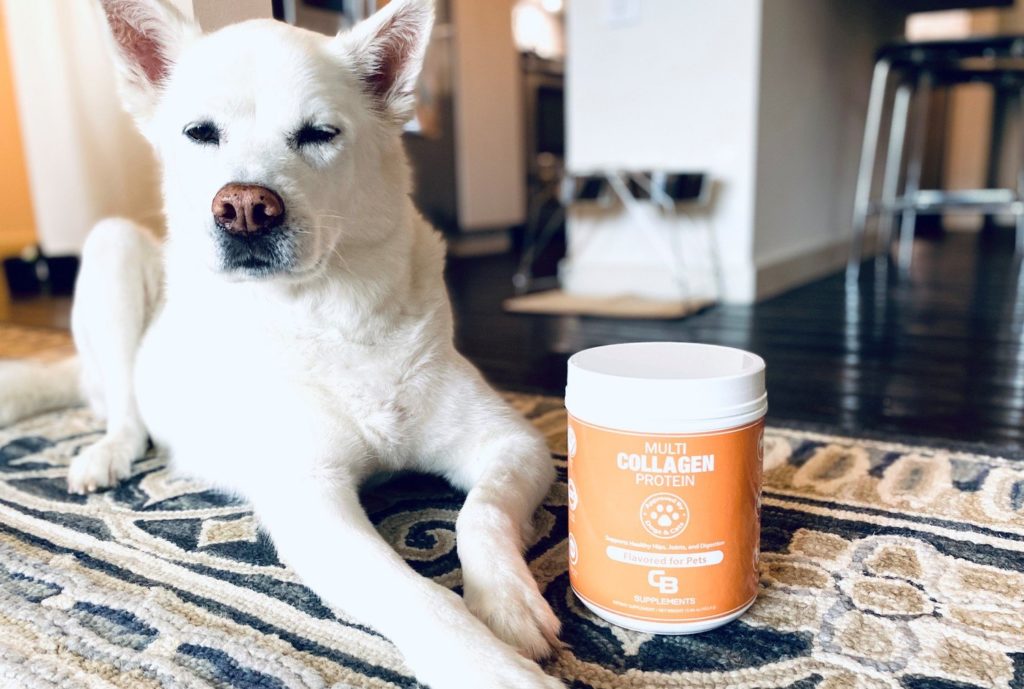
Our dog collagen is safe for dogs.
Since our collagen comes from the skin and bones of red snapper fish — where the ciguatera toxin does not concentrate — those parts should be safe for pooches (and people) even if it were not food-grade fish.
Premium Product, always.
This is worth saying.
We’re focused on premium grade products, it’s one of our founding pillars. We go to great lengths to ensure our multi collagen uses the best ingredients, is safe, and we practice full transparency with our customers. That’s why we spend big money to be the first and only NSF Certified Multi Collagen and have a well-respected life sciences lab certify the purity of our collagen.
This is a big deal for us. And we never take shortcuts.




